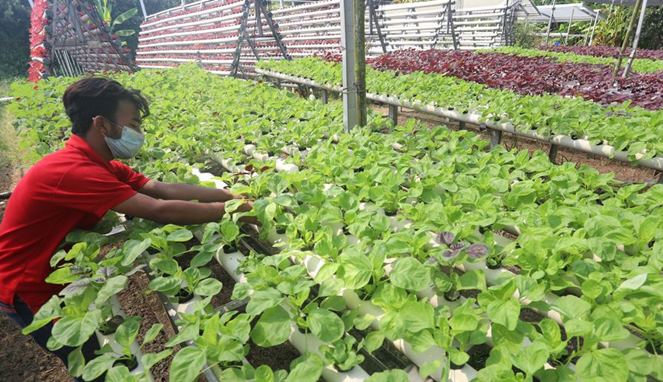Indonesia is known to have rare natural resources. Some of them are types of plants that can produce gold and absorb various heavy metals contained in the soil.
This gold and metal-producing plant, if managed and developed properly, has the potential to become a source of foreign exchange for the country.
Plant Biology expert from Bogor Agricultural University (IPB) Hamim explained that plants have physiological mechanisms that make them have the ability to absorb heavy metals. At least there are several types of plants that are capable of absorbing large amounts of heavy metals or hyperaccumulators.
With this ability, according to him, the plant can be used as an environmental cleaning agent known as phytoremediation.
“This plant can also be used to mine metals that have high economic value such as nickel, silver, gold, platinum, and thallium or an activity known as phytomining,” said Hamim.
According to him, gold-producing plants are widely spread in eastern Indonesia, especially Kalimantan, Sulawesi, Maluku to Papua. The area where this plant thrives has high metal content such as serpentine and ultramafic soils.
So far, the potential of hyperaccumulator plants has not been exploited optimally. Therefore, the attention of various parties is needed so that related plants can be used for phytoremediation and phytomining.
For example, the results of plant exploration around the tailings dam (a waste location for separating precious metal ores from non-economical materials) from the gold mine of PT Antam UBPE Pongkor. Almost all types of plants there can accumulate gold even at low levels.
Hamim said that one of the gold-producing plants is the spinach-spinach group. The spinach group that grows around the tailings has the highest gold accumulation ability, but because of its low biomass, its phytomining potential is also low.
“The lembang plant (Typha angustifolia) is also quite high in accumulating gold metal (Au). Typha can produce 5-7 grams of gold per hectare. This of course requires further investigation,” he said.
